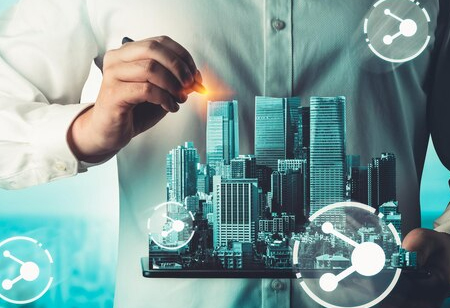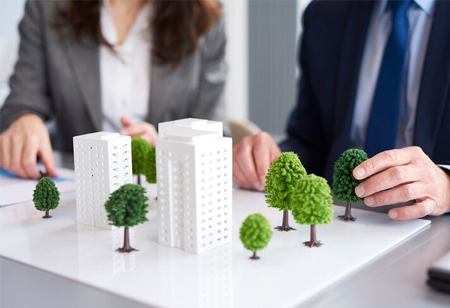
Real estate is one of the most profitable and globally recognized sectors in the world. India is the second largest populous country after China, and it is expected to overtake it by 2030. India has exhibited a historic economic transition and pushed its GDP to a great extent. The Indian Real estate is vast and unique and it makes distinct in the global scenario. Besides, the primary players like developers, buyers, sellers, real estate agents, landlords, and tenants, the sector also supports more than 200 ancillary industries like steel, cement, timber, brick, and so on.
Real estate sector is the 2nd highest employment generator, besides, the primary players like developers, buyers, sellers, real estate agents, landlords, and tenants. The sector also supports more than two hundred ancillary industries like steel, cement, timber, brick, and more. It is expected that this sector will incur more non-resident Indian (NRI) investment, both in the short term and the long term. With startups growing prominently in India, Real estate sector is not far left behind where a lot of B2B and B2C startups have started working alongside the real-estate sector.
Your wisest investment starts with buying a land, and ends with constructing grand, spacious and magnificent Mansion which fill your life with delight without unsettling the ecological balance of nature
 Sustainability Mattters
Sustainability Mattters
As the need for commercial and residential spaces upticking with the desire for sustainable settings, businesses in the real estate industry are turning to environment-friendly materials to meet demand while minimizing environmental impact. Eco-friendly resources such as recycled wood, clay, hempcrete, cork, and straw bales, among others, are increasingly being used to construct energy-efficient structures, decrease waste, and conserve resources.
In case of interiors, more spaces are being created dedicating for green spaces. Planters of different shapes, sizes and colors are being used to decorate the interior with colorful plants which is adding to its aesthetic beauty. It not only reduces the impact of pollution, it removes stress, anxiety and rejuvenates humans.
A study in the Journal of Experimental Psychology found that a 15% increase in the production of ideas in workplaces with biophilic elements. In modern workspaces, biophilic design, can lead to a 10% reduction in stress and a 6% increase in overall well-being, profoundly impacting the mental health of occupants.
Copyright © 2024 HomesIndiaMagazine. All Rights Reserved.